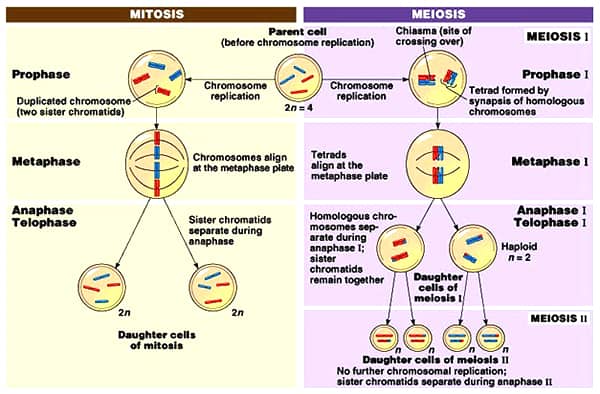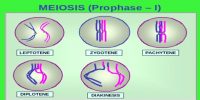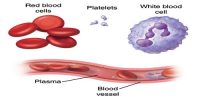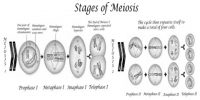Meiosis each homologous pair moves to the pole. The centromere does not separate. In the anaphase of meiosis, the homologous chromosomes of each bivalent shift to the two reverse poles. Mitosis only one chromatid of each chromosome moves to the pole. Chromatids moving to one pole are indistinguishable hereditarily to the ones moving to the reverse pole or in this form. In anaphase of mitosis, sister chromatids of each chromosome shift to the two contrary poles.
Difference between anaphase of mitosis and anaphase-1 of meiosis:
The cleavage of the centromere is taken place in Anaphase of Mitosis, whereas it does not occur in Anaphase I of meiosis. In meiosis anaphase 1, maternal and paternal homologues are separated by spindle fibers (microtubules) whereas in mitosis anaphase sister chromatids are separated or similar like. other differences are pointed below-
Anaphase of mitosis:
- In anaphase of mitoses, spindle fibers attach to kinetochore of a similar chromosome. This phase occurs one time.
- Chromosomes are long and slender. Homologous chromosomes separate. Sister chromatids remain associated with their centromeres.
- One chromatid from each chromosome goes to a different pole. Separation of sister chromatids takes place. Only one chromatid of every chromosome moves to the pole (now called daughter chromosome).
- It has only one step.
- The centromere of every chromosome divides. The chromatids moving to one pole are hereditarily indistinguishable to those moving to the reverse pole (Before taking apart, these are sister chromatids held at a regular centromere).
- Anaphase is the stage during which the centromere splits and the chromatids separate. The chromosomes move apart, toward the opposite poles. These chromosomes are genetically indistinguishable.

Anaphase-1 of Meiosis
- In anaphase-I of meiosis 2 homologous chromosomes moves towards reverse poles. This sub-phase occurs twice. Centromeres split and chromatids divide.
- Chromosomes are short and thick. The homologous chromosome is divided. Each homologous pair of chromosomes moves to the pole with both the chromatids.
- One Chromosome from each bivalent goes to the opposite pole. The chromosomes moving to one pole are not hereditarily indistinguishable to those moving to the reverse pole. Chromatids move to contrary poles.
- Anaphase-1 of Meiosis has two steps, such as- Anaphase-1 and Anaphase-2. In anaphase of meiosis, spindle fibers affix to kinetochore of 2 chromosomes.
- The centromere does not divide. During anaphase I, the homologous chromosomes divide, while the chromatids stay attached at their centromeres.
- Hence, in anaphase I, the chromosomes of each bivalent pair divide, while the sister chromatids stay together.















